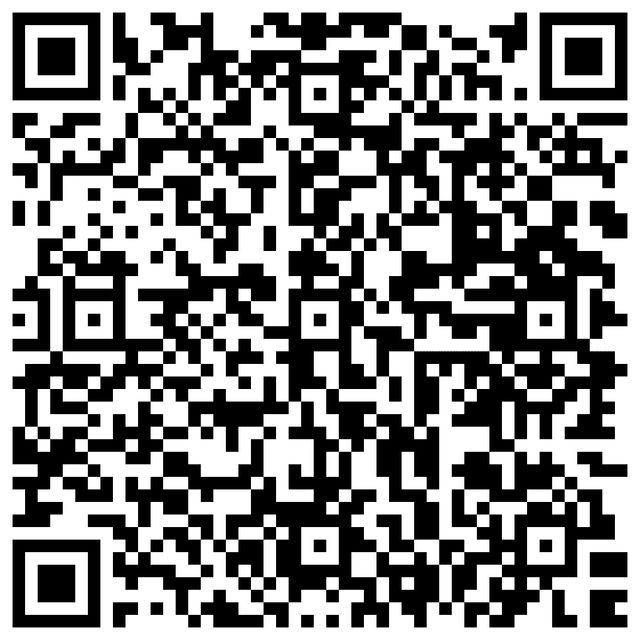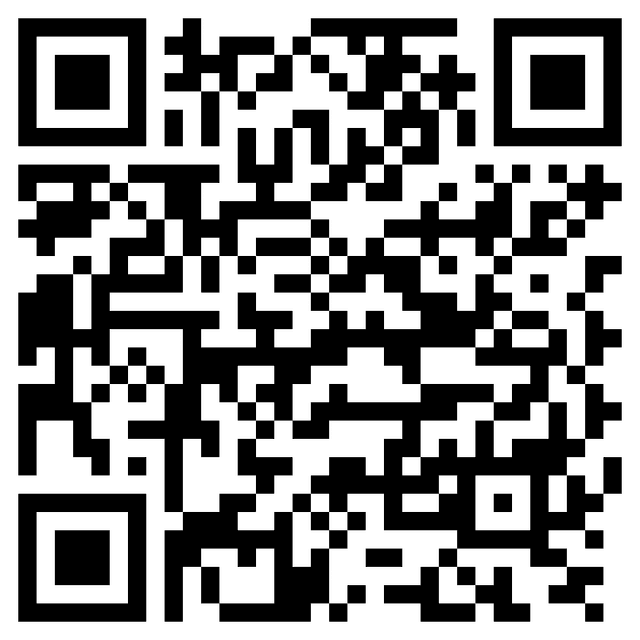A shortage of pilots is limiting the number of flights that airlines can operate, which can cause problems during peak travel periods
GOODYEAR, Ariz. (AP) — Until last summer, Ashley Montano had never flown. Now she was preparing to land a small plane with three passengers after a previous touch-and-go that had been rough.
“The plane is a bit heavy, so give it just a little more power to make a smooth landing,” flight instructor Jason Fink told her.
Sponsored
There was the tiniest of bounces as the plane's nose came down, then a smooth touchdown and taxi in to end Montano's training flight late last year at a United Airlines school in the Arizona desert.
On the ground, Montano was happy with her progress. “You guys were my first real passengers!” she gushed to a reporter and video journalist who had been in the rear seats.
Montano hopes that in a few years she will be flying airline jets and carrying many more passengers. If she does, she'll be helping solve a critical problem facing the industry: not enough pilots.
Airlines have complained about a shortage for several years, but they made it worse during the pandemic by encouraging pilots to take early retirement when air travel collapsed in 2020. Helane Becker, an analyst for Cowen who has tracked the issue closely, estimates that 10,000 pilots have left the field since then.
Meanwhile, airlines have been in a hiring frenzy that is likely to continue for several years as the carriers replace pilots who reach the federal mandatory retirement age of 65.
The government estimates that there will be about 18,000 openings per year for airline and commercial pilots this decade, with many of those replacing retirees. However, the Federal Aviation Administration issued on average only half that number of pilot licenses from 2017 through 2021.
Private forecasts are dire, too. Consulting firm Oliver Wyman estimates that despite efforts to close the gap, airlines in North America will face a shortage of nearly 30,000 pilots by 2032. The supply of new pilots will grow, but not enough to offset a continuing wave of retirements, the consultant says.
There is cause for hope, however. Last year, the FAA issued 9,588 airline-transport licenses — the type needed to fly for an airline. That topped even the recent peak of 9,520 in 2016.
The key question is whether that pace can be maintained. Some of last year's spurt might have been catch-up from low numbers in 2020 and 2021, which were held down by the pandemic.
“The airlines are doing their best to move things along, but it’s an uphill slog,” Becker said.
Southwest Airlines has more than 700 planes but parks 40 to 45 of them each day because it lacks pilots to fly them, said CEO Bob Jordan at a recent media event. That amounts to more than 200 flights a day or up to 8% of the Dallas-based airline’s flying. Southwest expects to hire 2,250 pilots this year after adding about 1,200 last year, mostly by drawing from smaller airlines.
United Airlines CEO Scott Kirby says the lack of pilots will continue to prevent airlines from expanding as much as they would like to take advantage of strong travel demand.
“Pilots are and will remain a significant constraint on capacity,” he said during an earnings call last month.
Kirby figures that his airline, American, Delta and Southwest combined will hire about 8,000 pilots this year, up from the normal 6,000 to 7,000.
The pilot shortage is most severe at smaller carriers that don't pay as well and serve as stepping stones to the big airlines. Many of them operate regional flights under the names of American Eagle, United Express and Delta Connection.
Faye Malarkey Black, president of the Regional Airline Association, says those carriers have parked more than 400 planes for lack of pilots, “and air service is collapsing as a result.” Black estimates that regional airlines are short by 8,000 pilots and the trade group says a dozen smaller cities have lost all air service — about 50 more have lost half or more of their flights — despite the broad rise in travel demand.
If a pilot calls in sick, often there is no one immediately available to replace them, and that is leaving tens of thousands of travelers stranded. The lack of pilots contributed to a 52% increase in flight cancellations last year compared with 2021, although it is unclear how much of that was also related to weather and air traffic congestion.
The shortage is giving pilot unions leverage in contract negotiations that were paused by the onset of the pandemic. New contracts are certain to include hefty pay raises that will drive up costs for airlines.
Delta pilots are voting on a contract that their union says would raise pay by more than 30% over four years. If ratified, it likely would become the model for deals with pilots at American, United and Southwest.
The median annual pay for U.S. airline pilots last year topped $200,000, according to the Labor Department, and was likely much higher at the biggest airlines.
The pilot shortage started even before the pandemic. Over the past decade or two, industry officials warned it was coming as travel boomed and thousands of U.S. pilots approached mandatory retirement age. The Federal Aviation Administration raised that age from 60 to 65 in 2007, which pushed the problem off for a few years.
For decades, airlines enjoyed an ample supply of pilots, most of whom came out of the military fully trained and with extensive experience, but the military has its own shortage.
The Air Force said it had a shortfall of about 1,900 pilots at the end of September. It is trying to increase retention and the training of new pilots after producing nearly 1,300 in the previous 12 months.
Not everyone agrees, however, that there is a shortage. The Air Line Pilots Association, the largest union of pilots in North America, says that over the past decade, airlines hired only about half of the people who received FAA licenses that let them fly airliners.
The union argues that airlines are hyping a shortage narrative to water down qualification standards and hire inexperienced flyers at lower pay. It says that airlines should increase pay to attract more applicants.
That is beginning to happen at regional airlines — the smaller carriers that handle flights for American Eagle, United Express, Delta Connection and Alaska Airlines’ Horizon Air subsidiary. Three of American’s regional affiliates recently announced that it would offer $100,000 bonuses to some new pilots.
Several U.S. airlines have started their own training programs or partnered with flight schools to ensure a pipeline of future pilots that would be more diverse – fewer than 4% of current airline pilots are Black, fewer than 5% are women.
“Even though I saw my dad fly planes, saw my brother fly planes, I never saw a woman fly planes,” says Sara McCauley, a student at United’s Aviate Academy who hopes to follow her father and fly for United. “The world is going to change, and aviation will be more inclusive."
Tuition for flying schools and the cost of flight time are not cheap. Reaching 1,500 hours of required flight time is often estimated to cost between $70,000 and $100,000.
Aviate charges $71,250, and when students are done they need to find work as a flight instructor to build enough hours to get hired by a regional airline.
Montano, who has two degrees in criminology, left her job analyzing prison-sentencing data and took out a loan to attend Aviate.
“I saw that as a great investment in my future,” she says. “I absolutely think it will pay off.”
Sponsored




